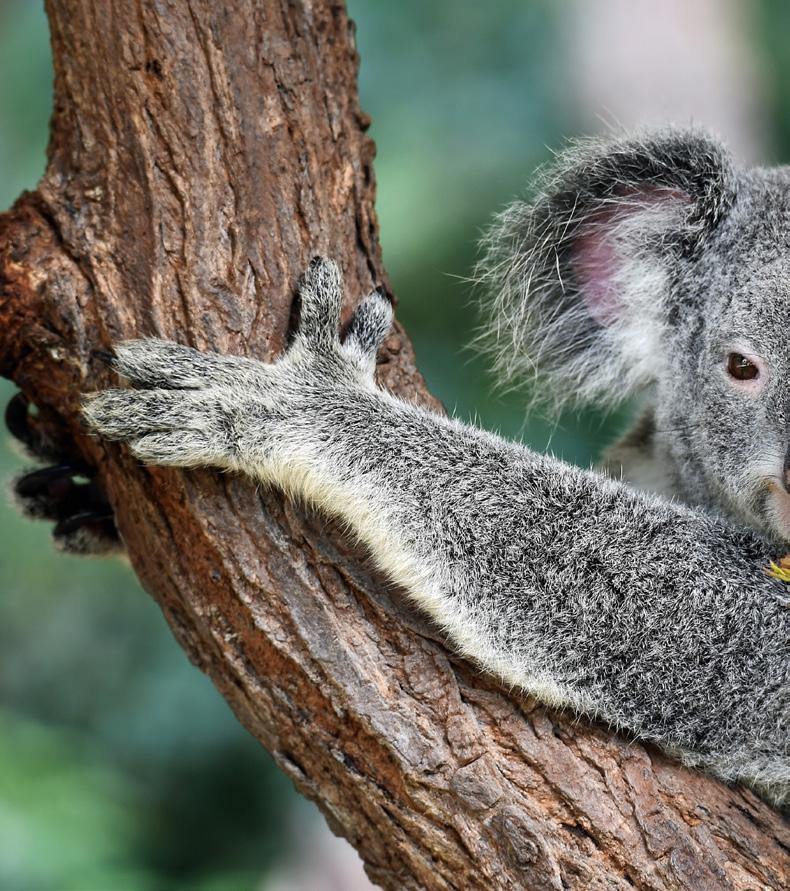
34 minute read
Global apathy
Exploring the media coverage of the Australian wildfires
e S ince last July, 26 million acres of Australia have burned in one of the country’s worst fire seasons on record. At least 34 people have been killed, 3,000 homes have been destroyed and an estimated one billion animals have been lost in the fire’s damage. The wildfires are so dire that on Nov. 12 greater Sydney declared an unprecedented “catastrophic” fire warning due to high level of pollutants in the air.
Advertisement
Australia is burning down. Yet very few in the international community were aware of this crisis until the New Year’s Eve — months after the fires began. It was when Australian Prime Minister Scott Morrison made his vacation trip to Hawaii just days after d e c l a r i n g a national disaster that the media erupted, and the world realized what was happening in Australia.
All of a sudden, social media platforms were flooded with sympathetic posts calling for donations and community service. Images of children wiping their eyes and firefighters branding their extinguishers dominated our news feeds. The world was transfixed — but not necessarily in a good way, for there was a slight eeriness in the way that the international community reacted to the Australian wildfire crisis.
Rather than viewing it as somewhat of an apocalyptic event that poses grave implications to the state of biodiversity, species richness and human infrastructure around the world, the wildfires were initially treated as a local news story, not deserving of great media attention. Only those in Australia knew what was going on while the rest of us — especially those living in the wealthy West — lived our lives, oblivious to the conditions plaguing Australia.
Part of this discrepancy in coverage can be accounted for by the natural human desire to look away and avoid contemplating issues that cause us distress, especially when those anxietyinducing events are miles away from us. However, when compared to the extreme media coverage of the significantly less damaging 2018 California wildfires, which burned approximately two million acres of land, it is apparent that a far more sinister reason contributes to the global apathy demonstrated towards Australia.
The fact of the matter is, we as a society tend to pay greater attention to suffering when it impacts parts of the wealthy West — parts of North America and Europe — than when it strikes Asian, African and Oceanic countries. This is the unfortunate result of the power structures of our society and the sentiments of colonialism that pervade many developing nations, and is seen in many aspects of society. For example, t e r r o r i s t attacks in P a l e s t i n e receive much less coverage than terrorist attacks in France, and the Notre Dame fire in 2019 garnered funds from political figures from across the world yet events such as the Sri Lanka church shooting received very little attention or donations.
What this selective attention and coverage demonstrates is society’s tendency to direct its resources to those nations who abide by the principles of Eurocentricity, a school of thought centered on Western civilization and one that favors it over non-Western civilizations. The worst effects of climate change are looming, and it is the developing nations that will be impacted the most. So if we continue to view the suffering of others’ as distinct from ours, then soon enough there won’t be a planet for us to live on. Climate refugees, political turmoil, xenophobia and sexism — all issues resulting from our Eurocentric view of natural disasters such as the one in Australia — will accelerate further, pillaging our society. And we will have no one to blame but ourselves, for unfairly subjecting our ingrained biases and prejudices upon our view of the world. STAFF EDITORIAL OPINION OF THE EL ESTOQUE EDITORIAL BOARD
USED WITH PERMISSION OF BERTKNOT
USED WITH PERMISSION OF DAVID CLODE
Only 23% of students heard about the Australian wildfires when they began in late July.
*According to a survey of 294 MVHS students
that media focuses more
on Western countries
than on Asian, African
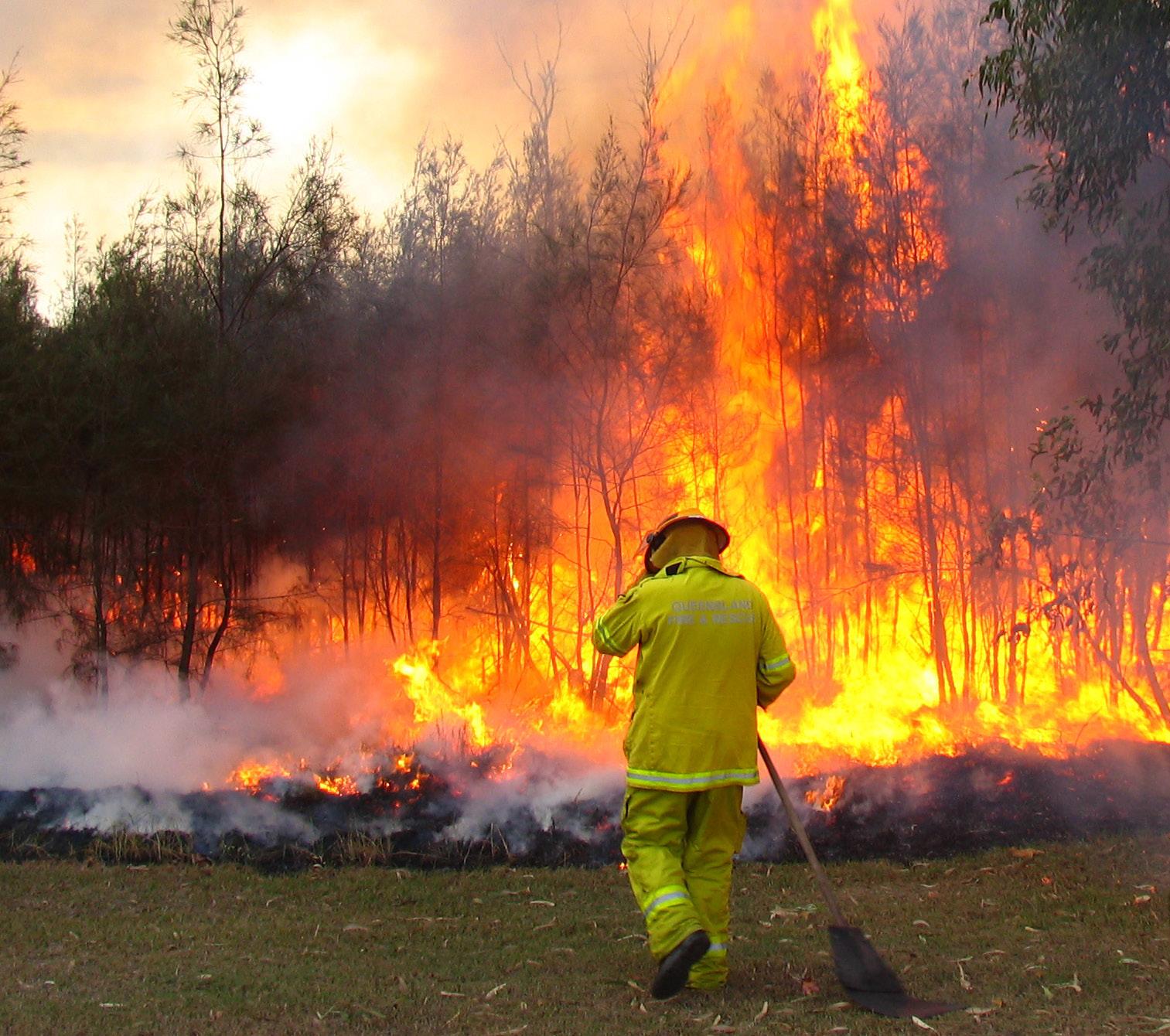
and Oceanic nations. *According to a survey of 279 MVHS students
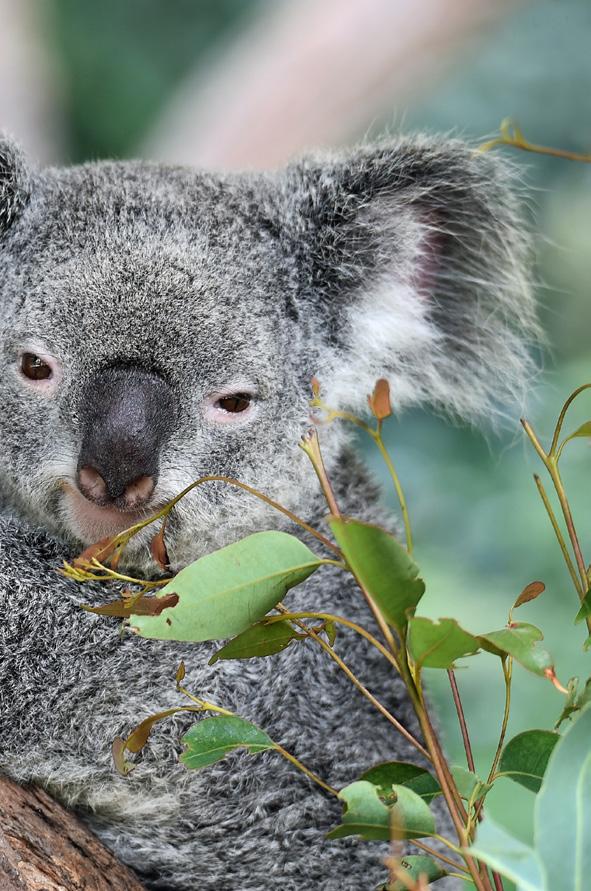
USED WITH PERMISSION OF G20 ARGENTINA


USED WITH PERMISSION OF JODITRAN

ILLUSTRATION | SARAH YOUNG


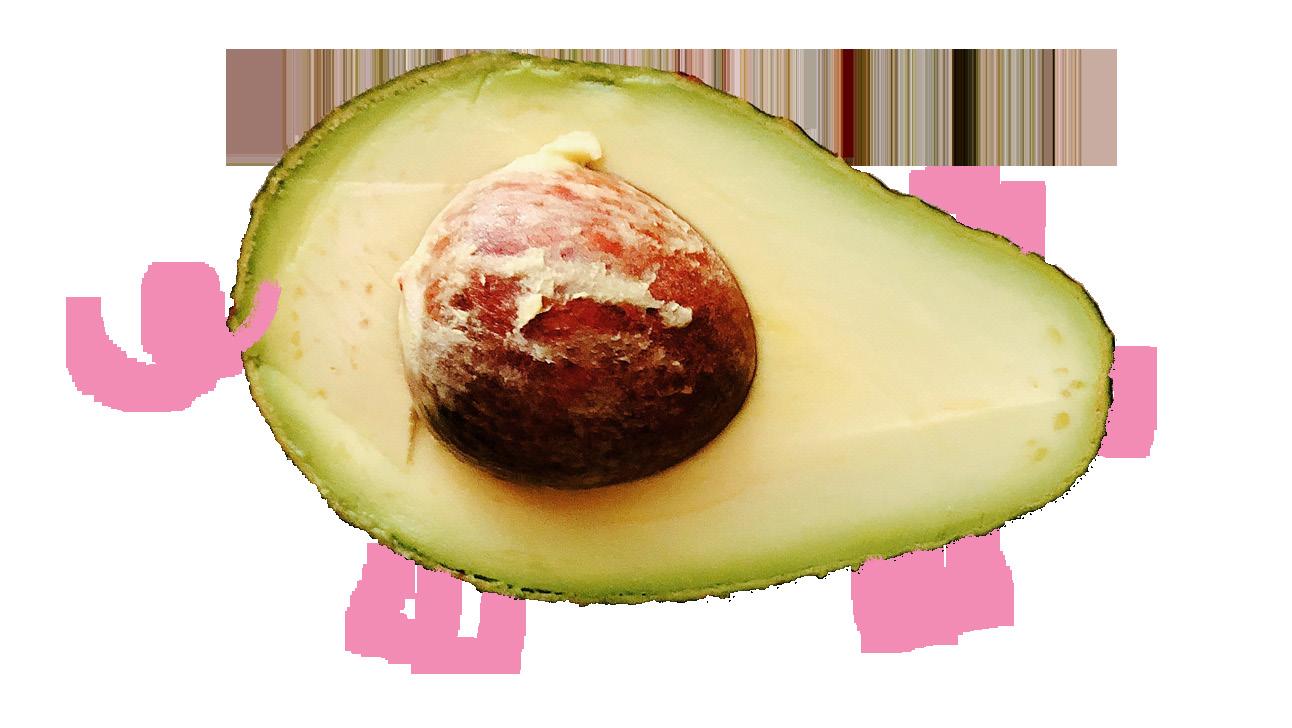
MVHS community members unpack veganism’s negative stereotypes BY SREYA KUMAR AND JASMINE LEE
there are different levels of veganism and some may be more forceful in pushing their agenda but at the end of the day, people should respect one another for trying to be more mindful of what they consume.
“Vegan[ism] is definitely an abstract concept,” Northrop said. “There’s different levels of veganism— some people feel that one person is more vegan than the other just because they don’t use leather. I think what’s most important in being able to call yourself vegan is that you’re making a conscious effort to avoid animal products in your daily life.”
Veganism has also been under fire by some people for prioritizing animal welfare while disregarding the livelihoods of farmers and other labourers who work in farms where vegan products are sourced. “Wherever you go, there is going to be people being exploited in everything you buy,” Northrop said. “It’s really difficult to be a completely guilt-free consumer. I think if you’re able to do the research on where your stuff is coming from, that’s great. If you’re not able to do the research [or] if you don’t have the resources, then I think just changing what you get is a step in the right direction.”
What it means to be vegan has evolved as the movement has grown. While the term can be interpreted in many ways, its main role is to offer consumers a healthier alternative to meat products and decrease the impact individuals contribute to climate change.
“There’s often a lot of pushback from people about our own food choices and I think veganism is great but I don’t criticize people for eating meat. I don’t tell them that they should be vegan,” Gould said. “A lot of people, when they find out that you eat vegan, they give you a really hard time and so I think that it’s just something for people to think about. Even if they have no interest in being vegan, maybe think about being tolerant toward people’s food choices.” mid the chicken sandwich debates that emerged between popular fast food restaurants Chick-fil-A and Popeyes, an unlikely contender remained — the Impossible Burger. Founded in 2011, Impossible Inc. wanted to create vegan burger patties that tasted and looked like ground beef. The idea behind the Impossible Burger was pushed into pop culture by the ever-present vegan subculture that has been gaining momentum over the past decade, according to Forbes, which found that the percentage of people eating vegan grew from 1% to 6% from 2014 to 2017.
Modern day veganism was founded by animal rights advocate Donald Watson, who defined the lifestyle as a “way of living which seeks to exclude [...] all forms of exploitation of, and cruelty to, animals for food, clothing or any other purpose.” However, the roots of veganism date back to ancient Indian and Mediterranean societies. The movement that was once perceived as tasteless and trendy now makes headlines in relation to issues like climate change, as going vegan can drastically decrease an individual’s carbon footprint, according to Oxford. Now, veganism has found its way into the diets of professional athletes, social media influencers and members of the MVHS community.
Drama and English teacher Hannah Gould reveals that it was a combination of ethics, her dislike of the taste of red meat and the documentary “Forks Over Knives” that led to her dabbling with vegan meals. Her and her boyfriend’s frequent tinkering with cookbooks turned into a pure vegan diet without her even realizing it.
“[We] started cooking recipes from this one book called ‘Isa Does It’ and it’s an easy vegan recipe book,” Gould said. “The recipes were just so good that we just kept making more and more things from that book. Then we bought more books by the same author. And then we bought more vegan cookbooks. Gradually without really realizing it, we were just eating vegan.”
Gould explains that going vegan requires easy access to fresh produce, and in poorer neighborhoods, where the closest resources are a Walmart or a bodega, going vegan is not practical. Veganism is also often perceived to be a movement for e privileged people, which Gould attributes to remnants of socioeconomic and racial segregation from the past.
But going vegan presents its own set of constraints. While many of us may think of it as a feasible and easy transition, it goes beyond just buying vegetables and avoiding cheese. According to New York Times, fast food restaurants, for example, tend to be cheaper and accessible to people living in poorer neighborhoods, and most of the time the cheapest options contain meat. In fact, all of the sandwiches that fall under M c D o n a l d ’ s dollar menu contain meat. Sophomore Sahana Anand, who follows a vegan diet, says there are stereotypes on eating vegan. “When people say it’s a sign of privilege, I’m assuming they mean they can eat what they want and it’s easy for them to come by vegan products,” Anand said. “For me, I think if you’re privileged enough to be a vegan and you think it’s good for the environment, you should do it.”
Junior Sylvana Northrop, who calls herself a “flexible plant based eater,” explains that another reason why veganism may have a negative image associated with it is because of organizations like People for the Ethical Treatment of Animals (PETA), as some of its members tend to “attack” meat-eaters for not being vegan, causing people to distance themselves from the diet thinking that it is too extreme.
“I think that it’s very unfortunate that there is such a negative stereotype on veganism because it’s really not that extreme thing of a thing to do,” Northrop said. “It is a small change that has a really big impact. I think that the stereotype on it is deterring people from even considering how great of an impact it can have.”
This “extremist” behavior seen in mainstream media today paints vegans as villains of the food chain, as they are stereotyped as people who chastise others for eating non-vegan candy and riding bikes with leather seats. Northrop agrees that of students don’t have a dietary restrictions *According to a survey of 319 MVHS students
of students chose to follow their current diet *According to a survey of 308 MVHS students
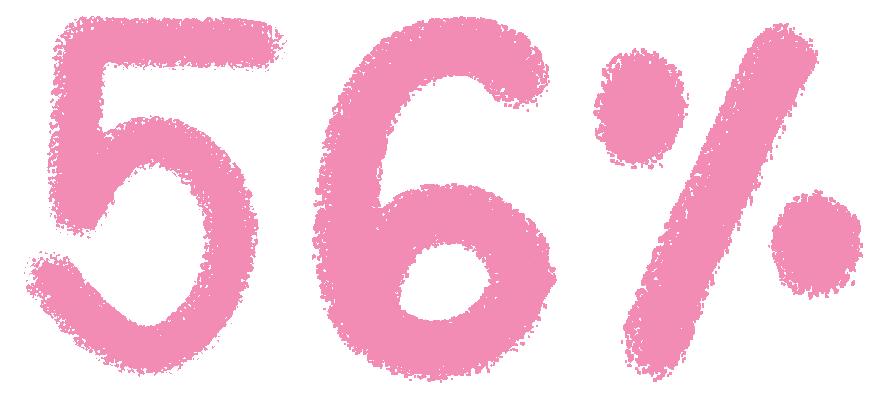

REPUTATIONS : FOOD PREFERENCES Looking at MVHS students’ dietary habits BY MICHELLE CHEN SNACKING FAVORITE FLAVOR
47 %
of students snack once between meals

*According to a survey of 311 MVHS students
ILLUSTRATION | CLAIRE YANG
Savory
Sweet
Salty
Sour
Bitter
*According to a survey of 306 MVHS students
51%
27%
17%
4%
1%
INFLUENCED BY
FOOD TASTE PARENTS MAKE FOOD TEXTURE RELIGION/CULTURE
*According to a survey of 307 MVHS students
60% 32% 6% 3%
ACCEPTANCE
43 %
*According to a survey of 305 MVHS students
of students have felt judged for their eating preferences
EL ESTOQUE | FEBRUARY 2020 PICKINESS
41 %
*According to a survey of 310 MVHS students
of students are moderately picky about the food they eat
GROCERIES
23 %

of students primarily buy groceries at Trader Joe’s
PATH TO THE PEAK
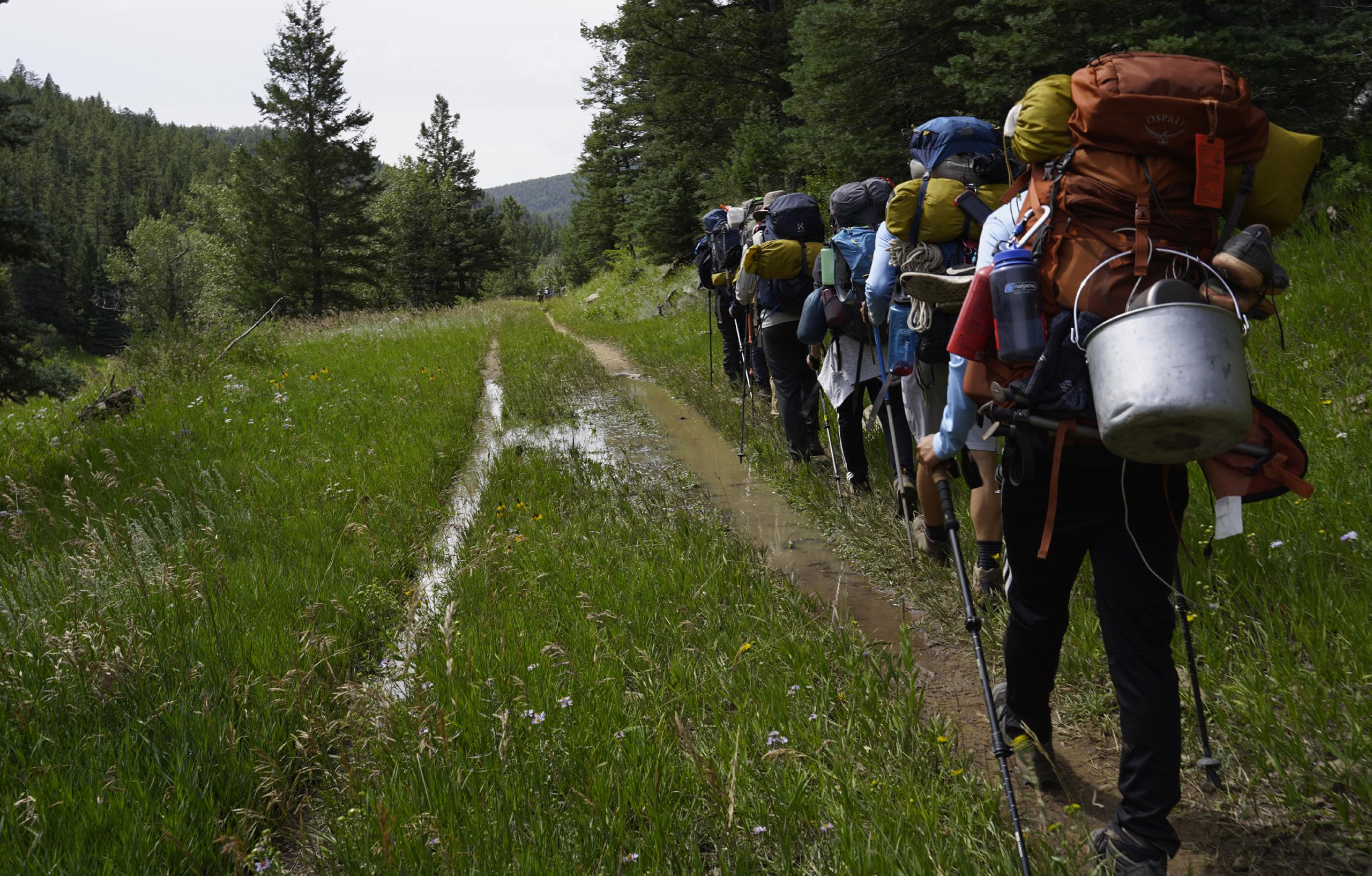
PHOTO USED WITH PERMISSION FROM ANDREW YANG
Junior Andrew Yang hikes in a 14-day backpacking trip in Philmont Scout Ranch with Boy Scouts Troop 453.
Members of the MVHS community share their backpacking experiences
Junior Andrew Yang was in a tough spot. One of his fellow Boy Scouts had sprained his ankle on an eightmile hike, and the troop immediately set to work cheering him up and fishing out medical supplies. After redistributing the injured boy’s load, the troop spent nearly 13 hours backpacking in a single day. Backpacking can be venturing beyond the state of California into New Mexico with a Boy Scout troop. It can be trekking through the Alaskan wilderness with a summer camp. It can be hiking up to 17 miles a day in South America. Below are the experiences of three MVHS community members who find themselves backpacking. Junior Andrew Yang
Over the summer of 2019, junior Andrew Yang embarked on a 12-day expedition as a crew leader with Troop 453, which consisted of eight other high school Boy Scouts and three adults. The troop traveled to Philmont Scout Ranch in New Mexico and journeyed over 70 miles.
On average, the group traveled roughly seven to eight miles each day. Throughout the trip, Yang’s biggest challenges came in the form of mental aspects of the trip rather than the physical intensity of the hikes. Because his crew included many athletes, ranging from varsity swimmers to baseball and tennis players, the troop was relatively fit going into the trip. However, the boys began to get worn out spending 12 days in the wilderness. Some boys asked Yang to allow I THINK WHEN WE WERE ABLE TO SEE THE VIEW BELOW US IT REALLY GAVE US AN IDEA OF HOW SMALL WE WERE [AND] HOW BIG THE WORLD WAS. JUNIOR ANDREW YANG BY SOPHIA CHEN AND BRIAN XU
them time to check their social media as they began to lose self-control.
“But I think more tiring was the fact that we had 14 to 16 hour days,” Yang said. “And then we didn’t get much sleep. And every day, we basically went to a new place, which meant that we had to set up camp again.”
Despite the challenges he faced, Yang found it very rewarding and was grateful to have had the experience. His most gratifying moment was when he reached the summit of Baldy Mountain.
“All the pain and suffering, eating crappy food out of plastic bags, hiking for long periods of time with heavy packs and having to deal with each other’s opinions — all that led up to that moment,” Yang said. “And I think when we were able to see the view below us it really gave us an idea of how small we were [and] how big the world was. It’s one of those feelings of just being able to perceive how lucky you are to be able to be standing at that point. So I think that was one of the highest moments
TO PULL OR NOT TO PULL, THAT IS THE QUESTION. TO PULL OR NOT TO PULL. WOW HOW FUN I LOVE QUOTES SO MUCH.

NAME OF SOURCE
for us during our trip, both literally and figuratively.”
Overall, the trip taught Yang to be stricter in his leadership style when the situation called for it; during an expedition, it is difficult to satisfy each member’s
personal desires, especially when the group is limited by time. In addition, Yang learned greater empathy for his fellow scouts. One particular learning experience came when a fellow Boy Scout sprained his ankle.
“We were actually in a really bad mood during that day because it was raining,” Yang said. “We had to hike eight to nine miles. However, once we had that sprained ankle, everybody went back to help that person. And overall, I think that experience told me to be a little more thoughtful about getting things done, but also how to interact with people in a more effective way in difficult situations.”
Yang believes embarking on similar trips can be valuable. He encourages anyone interested in testing their physical and mental abilities as well as those looking to develop closer relationships with others to give backpacking a try.
“There’s also being able to just see nature,” Yang said. “Being able to see those mountains really makes you feel good because once you’re out there you feel a sense of achievement, and even before that you feel really excited to summit. So if you’re an enthusiast, if you don’t mind some suffering, it’s a good idea to join Boy Scouts, and even if you’re not a Boy Scout you can still do backpacking.”
Junior Laney Goldman
Last summer, junior Laney Goldman traveled to Alaska to engage in three separate backpacking expeditions with a summer camp, each four to five days long. Her first trip was on Crow Pass Trail, the second in the Talkeetna Mountains and the third in Denali National Park.
Her backpacking group encountered some difficulty from the first trip due to a heatwave that flooded the rivers and forced them to turn back part way through. In her second trip, she remembered oddities she saw on the trails as a result of lax regulation. “There [were] no park rangers or anything,” Goldman said. “And we saw [a] bunch of weird stuff, like dead bears hanging in trees and bullet shells on the ground, because some people were hunting maybe.”
On her third trip, her group had experienced overcast weather throughout the trip, missing the opportunity to view Denali. But as the clouds parted for the first time in days, they were finally able to catch a glimpse of the mountain.
Looking ahead, Goldman hopes that she can continue to backpack. Being a part of a Venturing crew, a co-ed program similar to Boy Scouts, she believes she will eventually get the opportunity to do so.
“[The Venturing crew has] gone on a few backpacks, but I haven’t been able to make it [to] any of them,” Goldman said. “I think if that crew ends up going on one and I’m free, then I’ll probably go with them.”
Despite enjoying backpacking, Goldman dislikes the physical aspect of it, describing herself as “quite unathletic.” But even with this difficulty, Goldman was able to admire the beauty of the Alaskan landscape.
EL ESTOQUE | FEBRUARY 2020 “For me, the actual backpacking kind of sucked,” Goldman said. “It was more like, when you get into camp, you see these views that are quite spectacular. It’s cool because you can’t reach those places with a car. There are places that you can only get to on foot, and they’re usually untouched by humans so [the views are] really pretty.”
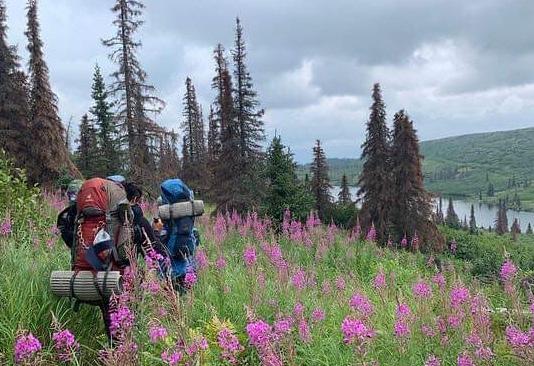

French teacher Sarah Finck
One of French teacher Sarah Finck’s most notable trips through nature occurred four years ago when she hiked the John Muir Trail from Yosemite to Mount Whitney. She spent the 16-day trip backpacking around 200 miles — the longest trip she had ever gone on. More recently, Finck traveled to Patagonia last winter break, backpacking up to 17 miles each day. She explored glaciers, lakes and granite forms in this South American region. Finck was thankful for the experience, as it may have been the last chance she had to view the glaciers due to global warming. Through all her trips, Finck has been drawn to the sights she sees in nature. “The views that I’ve had mostly in the Sierra Nevada are panoramas where you feel like you’re on the top of the world on some rocks, with views of layers and layers of mountains as far as you can see, often with snow cap on, some of them in any season,” Finck said. “I really enjoy the mix of colors — the granite mixed with the white snow with the green trees, foliage, reflections and lakes, and then if you get a sunset in the mix, you can get some orange in the sky.”
Putting in work to reach a tough destination gives Finck a feeling of what she refers to as second degree fun, a gratifying experience that is “questionably fun in the moment” — even though her feet hurt and she is tired from climbing, she sees the slope and is motivated to keep going. The remote locations and beauty of her hikes add to the beauty she feels when she is immersed in nature.
For those looking to try out hiking or backpacking, Finck recommends starting out small. She emphasizes the need to know your limits, but also the willingness to push beyond them a bit.
“The first thing is that you’re not going to take a shower at night and so you’ve got to give it a shot and see what it’s like to be dirty for a day or two,” Finck said. “The first time wearing a backpack, your shoulders I REALLY ENJOY THE MIX OF COLORS — THE GRANITE MIXED WITH THE WHITE SNOW WITH THE GREEN TREES, FOLIAGE, REFLECTIONS AND LAKES. FRENCH TEACHER SARAH FINCK
PHOTO USED WITH PERMISSION FROM SARAH FINCK
are going to hurt or your hips are going to hurt, and sleeping on the ground, it could not be the most comfortable thing, [but] to try it a second time would be part of the [lesson].”
Finck loves seeing her own students go outdoors and take on hiking or backpacking — through social media, Finck has gotten a glimpse of many former students who have embarked on similar journeys.
“It makes me happy to see that suburban students who I don’t think were doing [these activities] with their family, necessarily, have found a way to enjoy nature,” Finck said. “You guys are still young, so there’s time to test lots of things. I think it may not be for everyone, but the world is beautiful and there’s a lot to see and a lot right near us in California.” e
PHOTO | IMAN MALIK
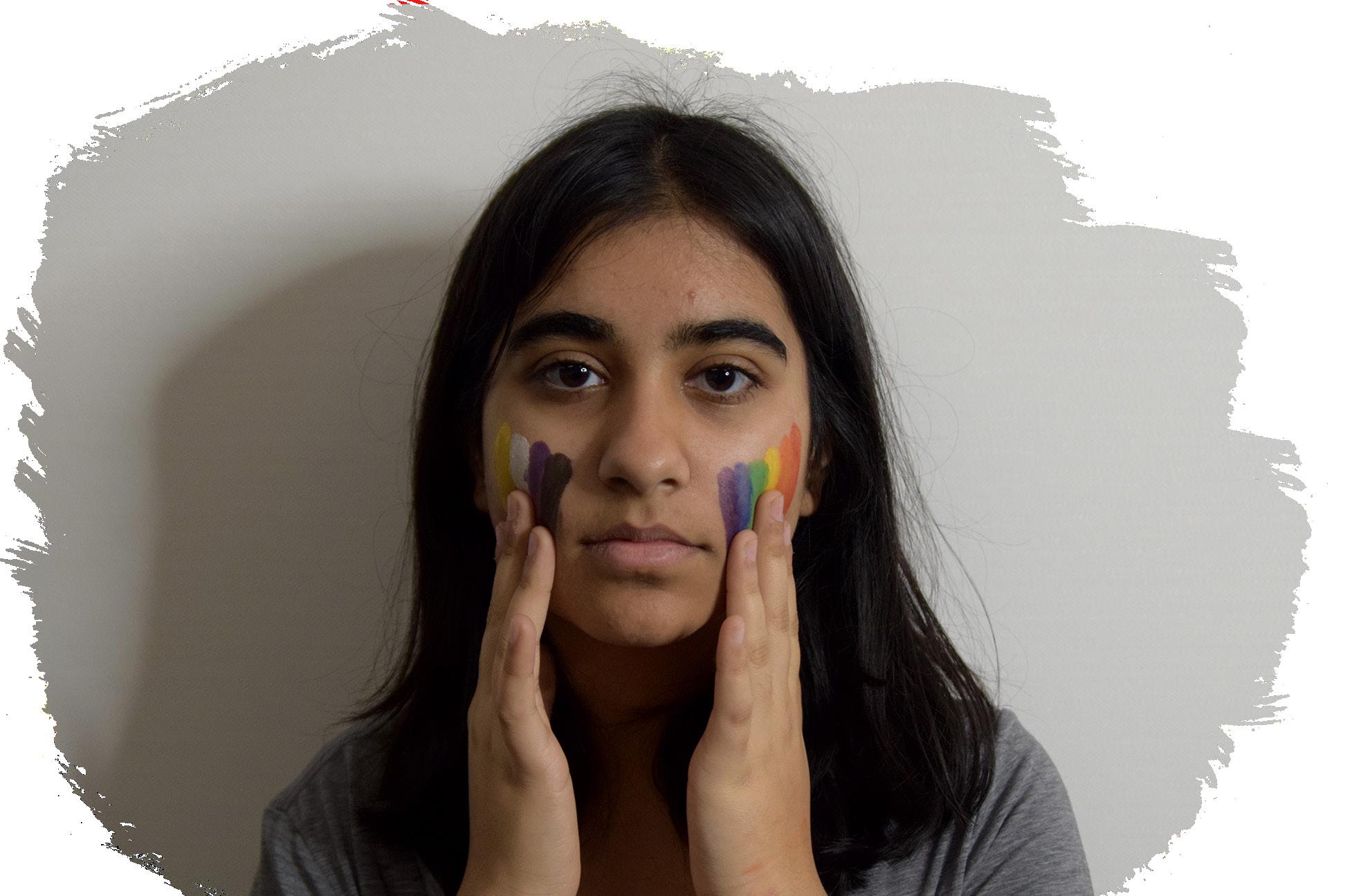
THEY/THEM
Student X is anonymous in order to protect their identity.
In April of 2019, Congresswoman Pramila Jayapal disclosed that her child is “gender-non comforting” and uses “they” as their pronoun. American singer Sam Smith announced in September that they prefer to use “they/them” as their personal pronouns.
With these announcements, alongside the increase in word searches by 313% in 2019 from the previous year, Merriam-Webster selected the word “they” as the 2019 word of the year.




22 EL ESTOQUE | FEBRUARY 2020 BY ALYSSA HUI AND ANNIE ZHANG

According to Merriam-Webster, there was a lack of a singular, gender-neutral pronoun, and consequently, “‘they’ has been used for this purpose for over 600 years.” In light of recent years, “they” has also been used to refer to individuals whose gender identity is not binary, which is why the definition was added to the dictionary’s online database in September of 2019.
Through the word of the year, “they” is being highlighted today. For sophomore Anika Sharma, the word “they” is more than a pronoun — it makes up an integral aspect of their identity.
“I’m a girl, but that didn’t fit,” Sharma said. “Or just, I’m a boy, but that doesn’t fit either … I’m neither and that fits perfectly.” In kindergarten, Sharma remembers going to school clothed in the boys’ uniform and getting tugged to the boys’ line, which made them question what it means to be a girl. Looking in the mirror, they developed q u e s t i o n s : Was it the long hair? Was it b e c a u s e everyone — their parents and society — told them that they were a girl? They felt a sense of familiarity when they were first introduced to gender terminology in their freshman biology class, specifically for the term “agender” — someone who does not identify themself as a specific I’M A GIRL, BUT THAT DIDN’T FIT. OR JUST, I’M A BOY, BUT THAT DOESN’T FIT EITHER. I’M NEITHER AND THAT FIT PERFECTLY. SOPHOMORE ANIKA SHARMA
gender. Coming to a revelation, Sharma turned to their elbow partner and said, “Oh my god, that might be me.”
“Honestly, I was confused and scared because it’s a big thing to happen,” Sharma said. “It was like something hit me in the face and it was just a shock. I couldn’t function for a good five minutes. I asked questions like, ‘Is it okay to be agender? What pronouns do I [use]? Can I still be a feminist and be agender?’”
Feeling unsatisfied with their gender by birth, Student X, who also uses they/them pronouns, had been experiencing episodes of gender dysphoria (a state of uncertainty where an individual’s biological sex doesn’t match their gender identity) since the beginning of the 2019 school year. Initially, they were in denial, as they had previously identified themself as a cisgender girl. After speculating about their gender identity, undergoing severe episodes of gender dysphoria and consulting a friend, Student X decided to experiment with different pronouns. According to Student X, as soon as their friend suggested that they “try something different,” outstepping the binary “just felt a lot more right than anything else that [they] thought of before.” “I decided to mess around with my pronouns and because I’m gender fluid, my pronouns change by day,” Student X said. “Generally they/them is just the best way to describe me because some days she/ her just doesn’t work and some days he/ him doesn’t work. I think that ‘they’ is really great because it’s all encompassing — you can use it to refer to anybody.”
Due to not being out to their parents, Student X turns to their close friends for reassurance. Whenever Student X finds themself in an episode of gender confusion or whenever they quarrel with their parents about their identity preferences, they find solace in venting online to their friends.
“If I felt like there wasn’t anybody for me to really talk to, I think it would’ve been a lot more difficult because obviously there are people who have issues with me and I think that it would be a lot tougher if I didn’t have somebody to really support me and to follow through on who I am,” Student X said. “I think I probably still would’ve been in the closet because I wouldn’t really have realized [my gender identity] yet.”
Likewise, Sharma was able to draw support from their friends and teachers, including math teacher Jeff Payne. After class on the first day of sophomore year, e n a m e ” as well as she/her pronouns, which Student X believes is “a little bit annoying.” Student X has to correct such mislabelling and, as a result, feels “extra demanding” at times. With these instances, Student X occasionally doubts their choice in expressing their gender.
“[At times], I think, ‘Maybe this is not really what my gender is and maybe I’m just a [cisgender] girl and maybe I should just stop with the whole pronouns thing,’” Student X said. “I feel like sometimes I’m worried that it’s kind of annoying to other people. Obviously I know that those are my pronouns and other people should not have an issue with it because it’s my identity.”
Student X believes that the word of the year is “absolutely awesome” and that it serves to elevate queer representation.
“I think the fact that Merriam-Webster, which is a well known company, chose to recognize that as their word of the year really helps with spreading awareness and it sort of says the message that nonbinary people are here and that they do exist,” Student X said. “[It breaks] the gender binary because obviously ‘they’ goes against the ‘you’re a boy, you’re a girl’ thing.”
Over this past year, Sharma has been greatly impacted by the word “they” and MerriamWebster’s 2019 word of the year shows them how much support they have. “I’m really happy about that,” Sharma said. “I’m so thrilled. It just shows that there’s just so much support and even though there are some people who still don’t really support me, for every one person who doesn’t there’s 50 other people who love and support me no matter what.” I FELT REALLY, REALLY GREAT BECAUSE I HAD WANTED TO EXPRESS MYSELF DIFFERENTLY FOR A REALLY LONG TIME. STUDENT X Sharma spontaneously sought consolation with Payne, confiding in him about their gender preference. Payne was the third adult Sharma disclosed their gender neutrality to at the time — the other two being their parents. With this, Sharma wasn’t sure what to expect from Payne.
“When I went to [Mr. Payne] to tell him after class, my legs were shaking, my heart was beating out my chest, my breathing was ragged. I was lightheaded and dizzy [and] my voice was raspy — it was dry,” Sharma said. “I told him, and he was just like, ‘Okay, cool. What can I do to make you feel more comfortable?’ I almost cried because I was so relieved.”
Payne explains that he was thankful and appreciated Sharma coming to talk to him about what pronouns they prefer to use. He also notes that he tries to be more aware of what he says in class.
“I try not to use general, traditional gender words, such as ‘ladies and gentlemen,’ things like that,” Payne said. “I’m just trying to be a little more mindful of that. I don’t know if I’m perfect because it’s old habits, but I try my best.”
Although Sharma has not changed anything about themself physically, they would like to cut their hair shorter and possibly get a chest binder. While realizing their “true gender identity,” Student X also experienced physical dysphoria in respect to attire. After reaching a consensus with themself, they wanted to express themself more androgynously. Accompanied by their friends, as their parents didn’t want to purchase androgynous clothing for them, Student X went on a Goodwill shopping spree and swapped their feminine apparel — off the shoulder tops, crop tops and tube tops — with boys clothing.
“I felt really, really great because I had wanted to express myself differently for a really long time,” Student X said. “That was really important because it helped me realize that this does make me happy and that this is something that I want to be.”
According to Student X, their close friends are still used to referring to them by their former name known as their “dead HONESTLY, I WAS CONFUSED AND SCARED BECAUSE IT”S A BIG THING TO HAPPEN. STUDENT X




Examining how the minority experience is taught by white HAmLit teachers BY JEFFERSON LE AND IMAN MALIK

SCAN FOR MORE COVERAGE
would be regarding the same topic.”
Nava believes that because of the large representation of minorities in Cupertino, students have less personal experience with racism, whereas in another part of the country, they would most likely experience more prejudice. In addition, she says that her Caucasian descent makes her feel strange when speaking to students about minority groups in America.
“But then we’re also in this unique place and there is a feeling that there’s a Cupertino bubble,” Nava said. “Many students here, especially if they’ve lived here their whole life, haven’t been exposed to the kinds of marginalization that in other locations in America they might be exposed to.”
Lalwani agrees with Nava about the lack of marginalization minorities face in Silicon Valley and the direct affect it has on the ability to teach the minority experience. Lalwani specifically cites the topic of white privilege as an example of this phenomenon.
Nava believes that there is still work to be done when it comes to redefining the American canon. Lalwani is grateful for the curriculum change and says that addressing all sides of America is important.
“I hope we’re able to involve more minority groups, because in our area, I know a lot about Asian Americans, but I don’t know so much about what type of racism other minority groups face, so it would be interesting to pull out different sides and see it from a broader perspective,” Lalwani said.
After expanding the curriculum, Carpenter thinks that the lack of staff diversity has become more evident.
“Our staff in general should be more diverse,” Carpenter said. “If we had a future person of color in the English department who said ‘I want to take this course,’ I’d be willing to have those conversations and step down if that seemed to be the right decision to make. I recognize that our staff is less diverse than our student body. And I think that’s something that I do hope changes over time.” JUNIOR REVA LALWANI IT’S BETTER IN A SENSE BECAUSE THEY’RE ABLE TO DISTANCE THEMSELVES FROM THE ISSUE... [TEACHERS] NEED TO BE TEACHING THE BOOK, NOT THEIR EXPERIENCE.
e Asian American voices in the American lit curriculum and that feels inauthentic.”
This lack of authenticity prompted the HAmLit teachers to add “American Born Chinese”, a graphic novel by Asian American author Gene Luen Yang, to the course curriculum this year. Nava d e s c r i b e s “American Born Chinese” as a story about navigating the identity of not being a white male in American society. She believes this piece isn’t as challenging as the ones it replaced —such as Nathaniel Hawthorne’s “The Scarlet Letter”— but is still necessary.
“A young adult graphic novel is not on the same rigor level,” Nava said. “But I think that it is far more attuned to the experiences of our student population.”
Although Nava believes that “American Born Chinese” is far more accurate to MVHS, she still finds herself unable to share her own e x p e r i e n c e s during discussions because she is not Asian American. Junior and HAmLit student Reva Lalwani believes that there are two sides to having nonminority teachers talk about the minority e x p e r i e n c e . Lalwani views their lack of personal connection with the topic as beneficial because discussions are more objective.
“It’s better in a sense because they’re able to distance themselves from the issue,” Lalwani said. “I’m sure they’ve seen it happen, but haven’t experienced it themselves, which can be good and bad... [teachers] need to be teaching the book, not their experience. It’s actually a good thing that they’re able to not become [as] emotional on the topic as someone who is Asian American and has undergone racism H onors American Literature (HAmLit) teacher Vennessa Nava paces at the front of her room, leading a class discussion on the Asian American experience. She uses students’ personal anecdotes to draw connections to the text, especially because she doesn’t have the relevant background. She believes this is a discursive process — the intersection of her literary expertise and the stories of students allow her to teach a deeper exploration of the minority experience, even though she is white.
According to Nava, “traditional American literature” has been novels written by mostly white male authors. Nava and her fellow HAmLit teachers — all three of whom are white — have been focusing on teaching students about the minority experience more accurately. Nava recognizes the demographic of the teaching staff does not reflect the group of students being taught, so she finds that discussions on topics such as the model minority stereotype and white privilege are influenced by her race.
“I find myself going into this meta mode where as a white woman who’s saying this, I recognize that I have privileges,” Nava said. “This year we’ve been reading this piece by a white woman that discusses her reaction to the idea of white privilege, and being really resistant to it initially before u n d e r s t a n d i n g it better. In the past, that’s the only piece that we read about intersectionality.”
HAmLit teacher Mark Carpenter also realizes how the Asian American d e m o g r a p h i c contributes heavily to the class experience. Specifically, there was a stark contrast between traditional American literature and the MVHS demographic.
“The American canon is very white, is very hetero[sexual] and is very cis[gender],” Carpenter said. “Those are not the demographics of the world they live in. Those are not the demographics of the only voices that matter. So there has been a conscious effort on bringing in texts that are more relevant. But the fact of the matter is we have a lot of Asian American students here and we don’t have a lot of I FIND MYSELF GOING INTO THIS META MODE WHERE AS A WHITE WOMAN WHO’S SAYING THIS, I RECOGNIZE THAT I HAVE PRIVILEGES. HAMLIT TEACHER VENNESSA NAVA


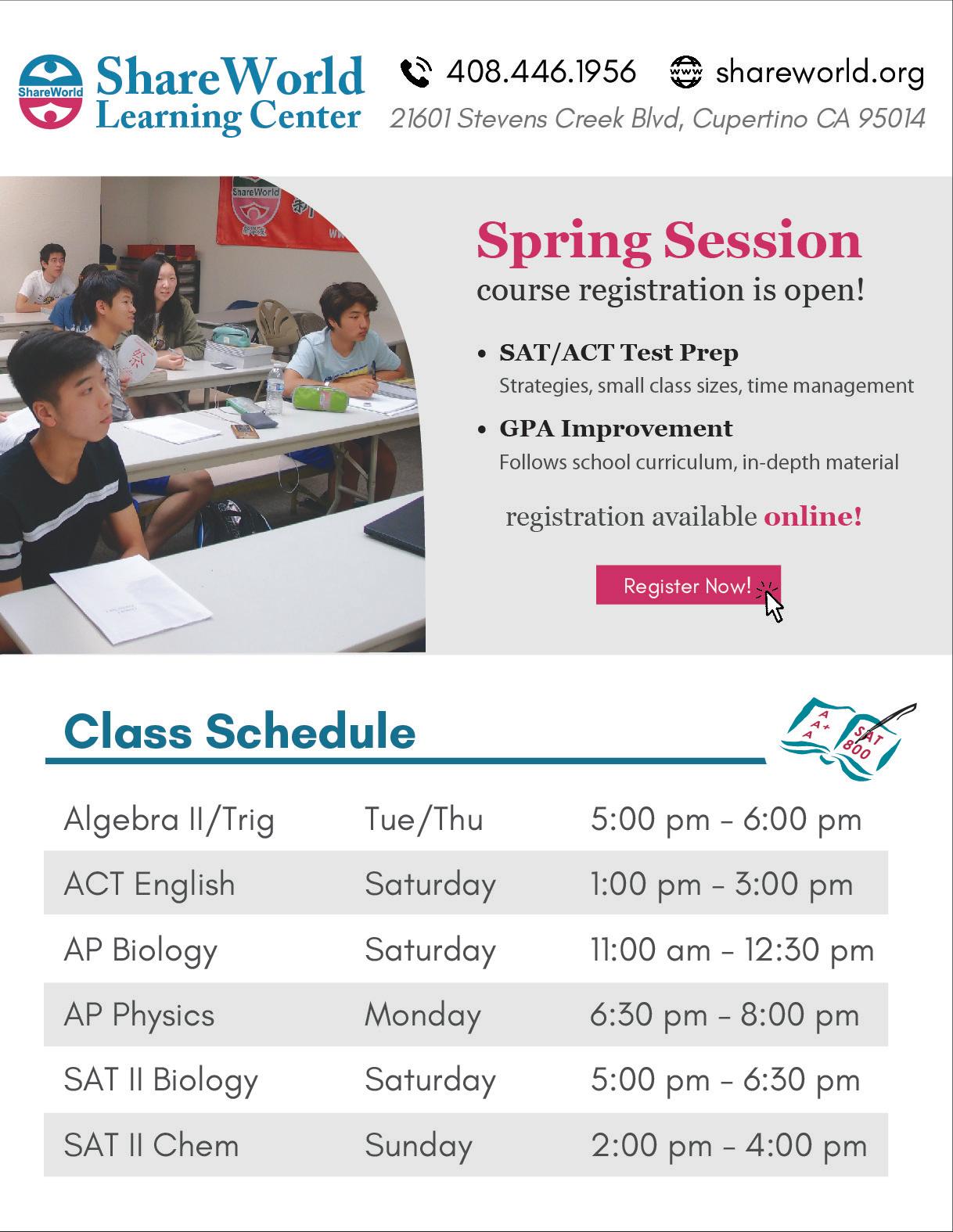

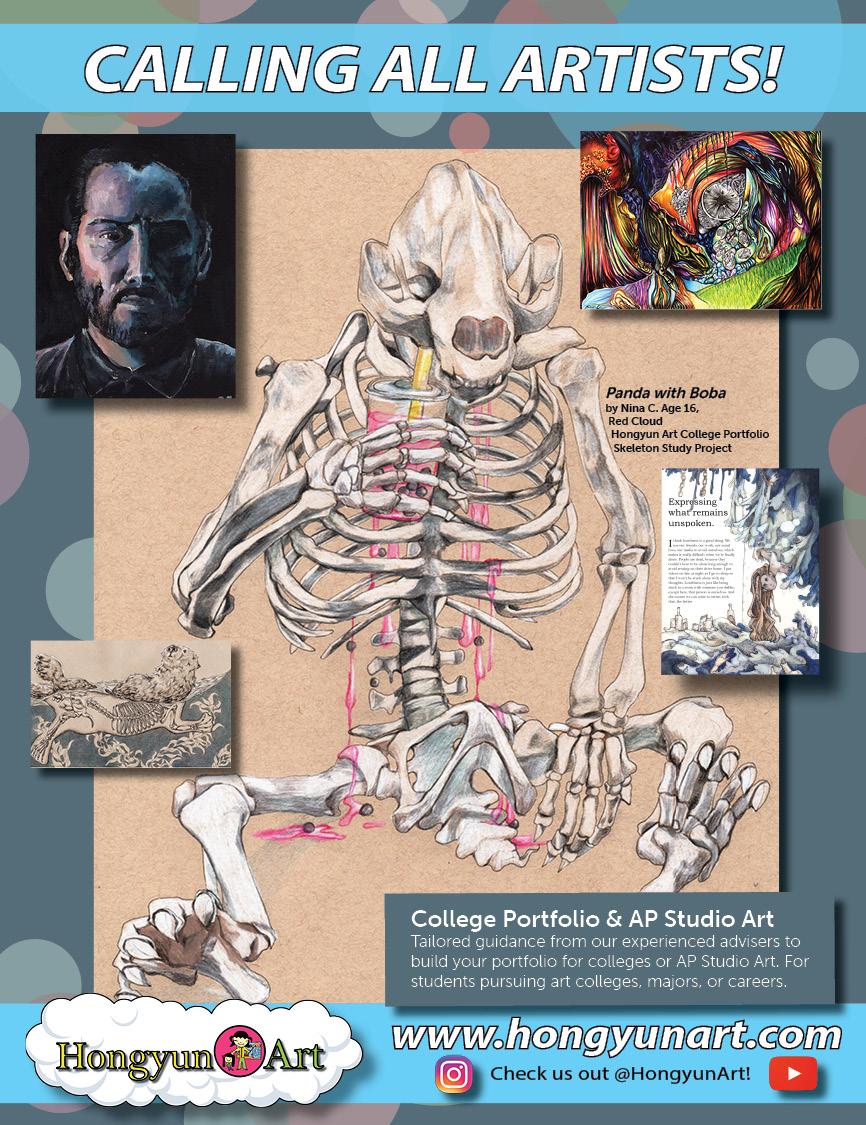

MALLOW MAKIN’
Four creations that incorporate marshmallows
BY STUTI UPADHYAY
CHOCOLATE PRETZELS
FACE MASK 2
RICE KRISPIES 3 ENT
Supplies: - Large marshmallows - 1 cup bittersweet chocolate chunks - Sprinkles or edible decorations - Lollipop sticks (1 per marshmallow)
Steps: 1. Puncture the marshmallows with the lollipop sticks. 2. Microwave the chunks, stirring every 30 seconds, until the chocolate is completely melted. 3. Dip half the marshmallows into the melted chocolate, letting the excess drip off. Then sprinkle them with the candy decorations of choice before the chocolate completely hardens.
SOURCE | JUSTATASTE
MARSHMALLOW MEN 4
Supplies: - 3 large marshmallows per creation - Long salted pretzel sticks - Melted chocolate - Long skewer/toothpicks
Steps: 1. Skewer three marshmallows with a pretzel stick so they are all connected. 2. Break additional sticks into desired lengths to create legs and arms. 3. Skewer the bottom marshmallow with two sticks to create legs, then skewer the middle marshmallow on either side to create hands. 4. Dip a toothpick in melted chocolate to create eyes, nose and mouth, as well as any other desired embellishments.
SOURCE | CRAFTYPANDA YOUTUBE
Supplies: - 1 cup melted shea butter - 1/2 cup coconut oil - 1/2 avocado oil - 2/3 cup marshmallow root - 1/3 cup aloe vera
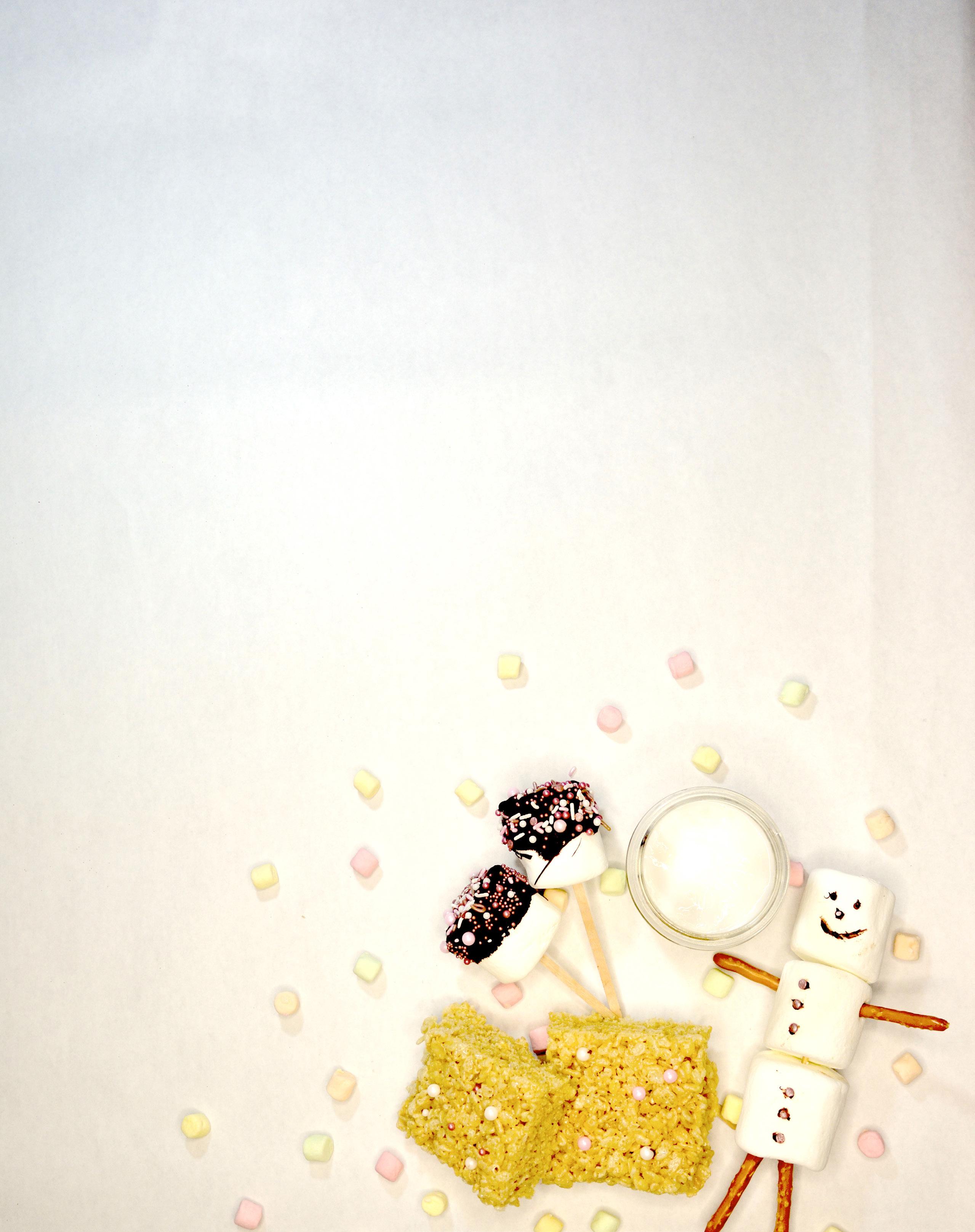
Steps: 1. Combine marshmallow root, coconut oil and avocado oil into a jar and slow cook in a water bath for several hours or overnight. 2. Set a heat-proof glass jar into a pot of simmering water on the stovetop for 45 to 60 minutes — watching carefully and ensuring the herbal oil doesn’t fry the herbs. 3. Strain the oil using a cheesecloth, then compost the marshmallow root. Add the aloe vera to the strained oil — if the aloe is fresh from the plant, use an immersion blender to puree it. 4. Add the melted shea butter and essential oils. Pour into a bowl and pop it into a freezer until it’s set. 5. Whip at full speed for several minutes until the mixture is creamy and fluffy in texture.
Supplies: - 1/4 cup butter - 5 cups crisp rice cereal - 4 cups miniature marshmallows - 1 sheet wax paper
Steps: 1. Melt butter in a large saucepan over low heat. 2. Add marshmallows and stir until melted and well-blended. Cook for two more minutes, stirring constantly. Remove from heat. 3. Add the cereal and stir until it is well coated with the melted marshmallows and butter. 4. Using a buttered spatula or wax paper, press mixture evenly and firmly in buttered 13x9-inch pan. Cut into squares of desired size.
SOURCE | ALLRECIPES
SOURCE | LIFEINFUSED




